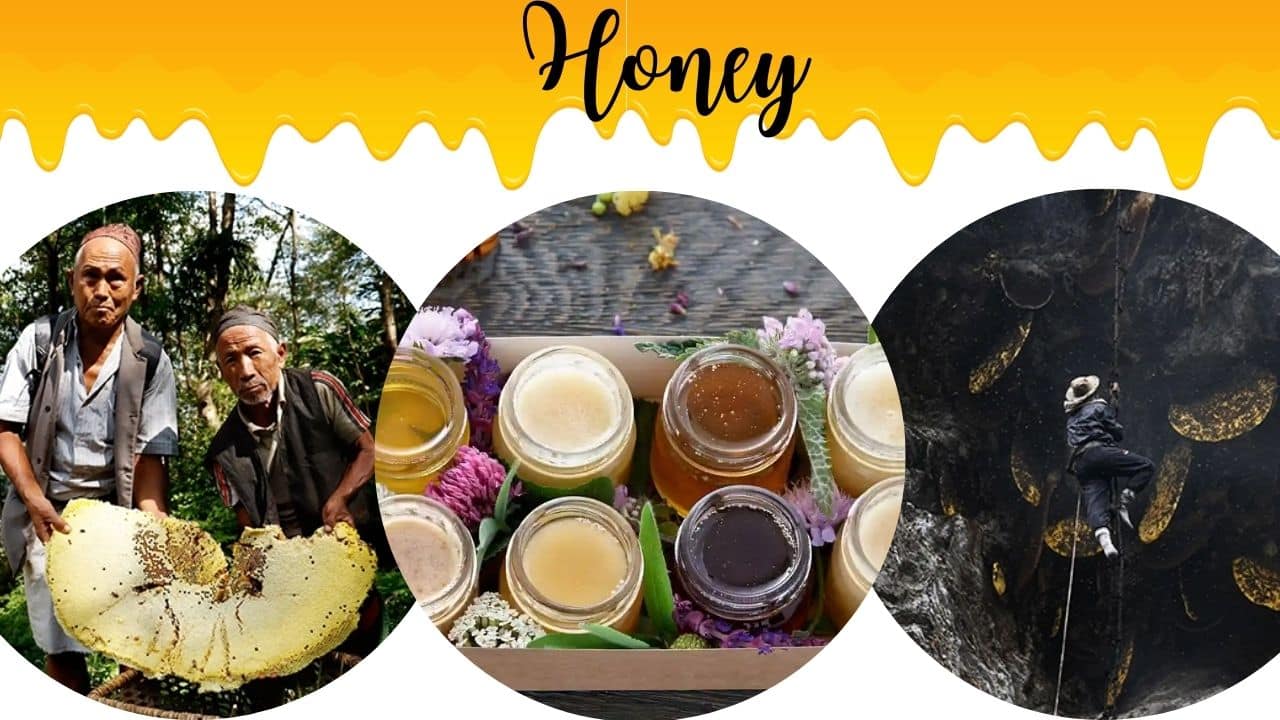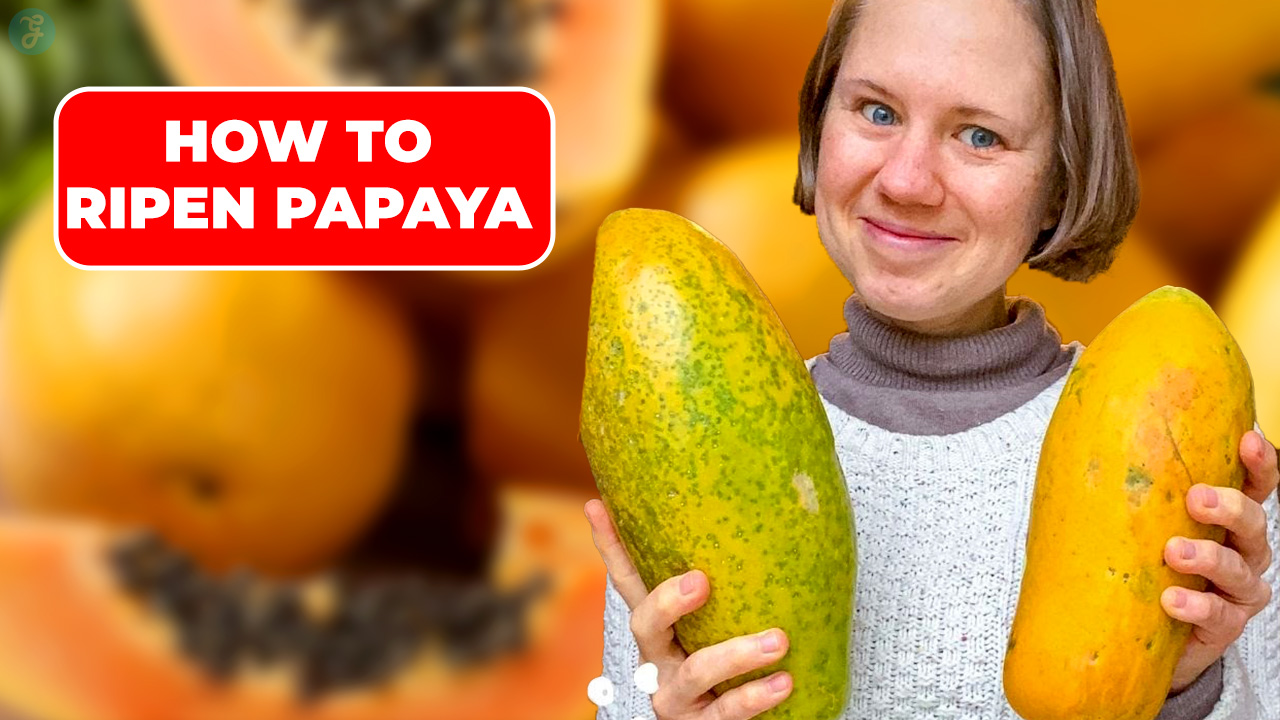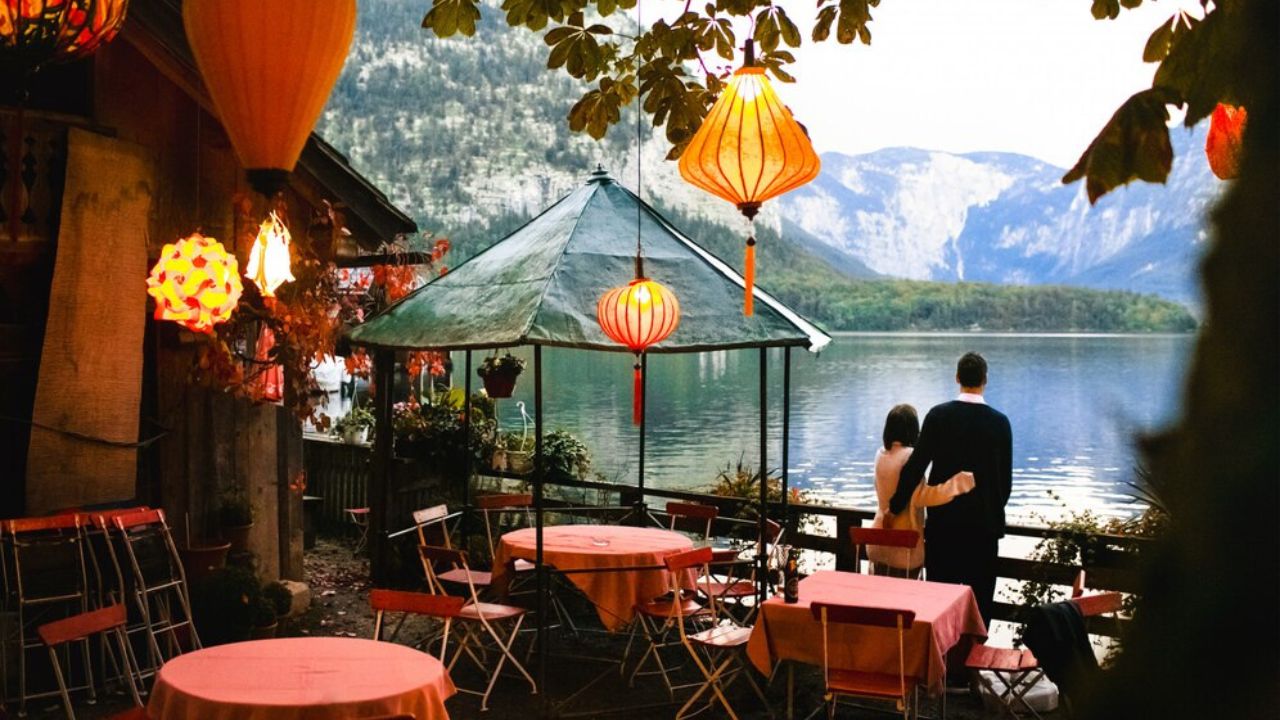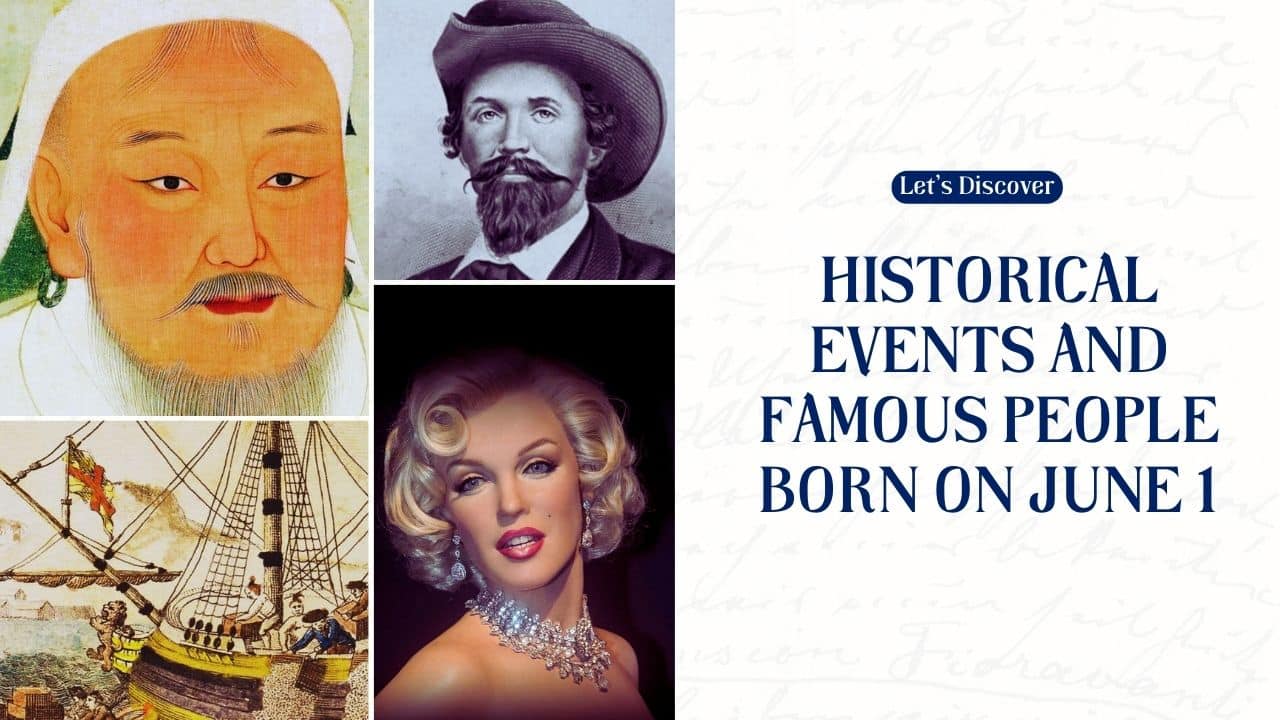Nepal, a land of stunning natural beauty and diverse traditions, is home to a unique and daring practise: the harvesting of honey from cliffs. The Nepalese Cliff Honey, also known as “Mad Honey,” is renowned for its distinct flavour and psychoactive properties. This ancient tradition, which has been passed down through generations, not only provides sustenance but also holds cultural significance. In this article, we will delve into the history, techniques, cultural importance, and environmental considerations surrounding the ancient tradition of harvesting Nepalese Cliff Honey.
Historical Significance of Nepalese Cliff Honey Harvesting
Centuries of Tradition
The tradition of harvesting honey from cliffs in Nepal is deeply rooted in the region’s history, spanning centuries. This practise can be traced back over a thousand years, making it one of the oldest known honey-harvesting traditions in the world. The indigenous Gurung and Magar communities, which inhabit the hilly and mountainous regions of Nepal, are the primary practitioners of this art. Their mastery of this ancient practise has been passed down from generation to generation, preserving a rich and enduring cultural heritage.
Spiritual and Medicinal Use
Honey, especially Mad Honey, plays a significant role in Nepalese culture and has held a special place in the lives of its people for centuries. Mad honey, in particular, is revered for its perceived spiritual and medicinal properties. It is not merely a sweet treat but is considered a divine substance. The honey’s distinctive psychoactive properties have made it a part of religious ceremonies and rituals. It is also used as a traditional remedy for various health issues, reflecting the deep-rooted connection between nature, spirituality, and well-being in Nepalese culture.
Cultural Heritage
The art of mad honey harvesting is deeply interwoven with the cultural identity of the Gurung and Magar people. It goes beyond being just a food source; it is a symbol of their heritage and an embodiment of their unique way of life. Mad Honey is not just harvested; it is celebrated, respected, and revered. It encapsulates the wisdom, skills, and ethos of these indigenous communities. The practise is a living testament to their enduring cultural legacy and a powerful reminder of their ancestral wisdom.
Techniques of Harvesting Nepalese Cliff Honey
Identification of Honeycombs
Harvesting mad honey in Nepal is a remarkable demonstration of traditional ecological knowledge. Experienced honey hunters have an intimate understanding of the landscape, bee behaviour, and the critical role played by rhododendron flowers in Mad Honey production. They possess an uncanny ability to locate honeycombs on the most treacherous cliffs. This knowledge has been honed over generations, making them masters of this craft and stewards of the environment.
Accessing the Cliffs
Accessing the cliffside hives is an act of unparalleled bravery and skill. Traditional methods involve using simple yet effective tools such as bamboo ladders, ropes, and sheer courage to reach the hives. These cliffs can often be towering and perilous, but the honey hunters display remarkable dexterity and an unshakable connection with their surroundings, which allows them to reach even the most remote hives perched high on tree branches or cliff edges.
Protective Gear
While the honey hunters appear to use minimal protective gear, such as bamboo helmets and light clothing, their knowledge of bee behaviour and the environment is their most potent safeguard. Their understanding of when and how to approach the hives, along with the use of smoke pots to calm the bees, is a testament to their deep connection with the bees and their environment. It is this profound relationship with the natural world that allows them to carry out this daring practise with minimal protective equipment.
Harvesting the Honey
The actual process of harvesting the mad honey is a delicate operation that requires not just physical skill but a deep understanding of the bees’ behaviour. Once the honeycombs are reached, honey hunters use tools such as knives to gently scrape the honeycomb to collect the precious Mad Honey in containers. This process is an art that requires finesse and precision to ensure that the bees are not harmed and the hive remains intact. The honey hunters’ knowledge and skills are key to sustaining this ancient tradition and ensuring the welfare of the bees.
Cultural Significance of Nepalese Cliff Honey
Spiritual and Ritualistic Use
Mad Honey holds profound spiritual and ritualistic significance in the Gurung and Magar communities. It is not merely a sweet delicacy; it is considered a conduit to the divine. Mad honey is used in various religious ceremonies and offerings to appease deities and spirits. Its presence in these sacred rituals is a testament to the deep spiritual connection that the Gurung and Magar people have with nature. Moreover, Mad Honey’s psychoactive properties may be seen as a means of communing with the spiritual realm, heightening the experience of these sacred ceremonies.
Preservation of Cultural Identity
The art of mad honey harvesting serves as a bridge between the present and the ancestral past for the Gurung and Magar communities. It is a way of preserving their cultural identity and heritage, a living link to their forebears. The knowledge and skills required for Mad Honey harvesting are passed down through generations, ensuring that the cultural practises of the past continue into the present. The practise connects them with their roots, reminding them of their ancestors and the traditions that have defined their communities for centuries. It is a source of immense pride and cultural continuity.
Economic Sustainability
The sale of Mad Honey is not only a reflection of its cultural significance but also a significant source of income for many families in the region. The economic sustainability it provides is essential for the well-being of these communities. It supports their way of life, from putting food on the table to sending children to school. In a region where economic opportunities are limited, the income generated from Mad Honey is invaluable, ensuring that the Gurung and Magar people can continue living in their traditional homeland.
Challenges and Dangers of Nepalese Cliff Honey Harvesting
Physical Risks
Harvesting Mad Honey from cliffs is a daunting and life-threatening activity. The honey hunters are exposed to a myriad of physical risks, including falls from great heights while ascending or descending the cliffs. They also face the danger of bee stings, which can be life-threatening in such remote areas where medical help is not readily available. Moreover, the harsh weather conditions, which can be unpredictable in mountainous regions, pose a considerable risk to the safety and well-being of the honey hunters.
Environmental Impact
The natural environment required for Mad Honey production is under threat. Rhododendron species, particularly the Rhododendron luteum and Rhododendron ponticum, are essential for the bees’ nectar and, consequently, Mad Honey production. However, deforestation and climate change have contributed to the decline of these rhododendron populations, putting the availability of Mad Honey at risk. The delicate balance between maintaining these vital plant species and sustaining the tradition of mad honey harvesting is a pressing concern for both the environment and the communities that rely on it.
Modernization and Migration
The allure of modern life and the economic opportunities in cities are driving a gradual shift towards urbanisation in the Gurung and Magar communities. Younger generations are increasingly leaving their ancestral homes in pursuit of urban lifestyles, often resulting in a loss of traditional knowledge and skills related to Mad Honey harvesting. This exodus challenges the continuity of this cultural practise and the transfer of valuable skills from older generations to the youth.
Market Challenges
The increased demand for Mad Honey has led to the commercialization of this tradition. Some collectors are profit-driven and do not always adhere to the ethical and sustainable harvesting practises of the indigenous communities. The market challenges include overharvesting, which endangers the bee populations and the environment, and unethical practises that may compromise the cultural and environmental integrity of Mad Honey harvesting.
Modern Challenges and Innovations
Knowledge Transmission
The transmission of knowledge and skills required for Mad Honey harvesting to the younger generation is vital for the preservation of this unique tradition. Efforts are underway to document the techniques, local knowledge, and traditional practises related to Mad Honey. This documentation serves as a valuable resource, not only for the indigenous communities but also for researchers and future generations. By passing down the wisdom acquired over centuries, this ancient practise can continue to thrive, and the cultural heritage can be preserved for the future.
Conservation Efforts
Many honey hunters are taking an active role in conservation initiatives. These efforts aim to protect the rhododendron species and the natural habitats of the bees. By actively participating in conservation, the honey hunters contribute to the preservation of the ecosystem and ensure the availability of the key natural resources required for mad honey production. This dual approach of harvesting and conservation represents a harmonious relationship with the environment.
Community-Based Tourism
In response to the challenges posed by modernization and changing economic landscapes, some honey hunters have embraced community-based tourism. They open their communities to visitors, offering guided tours that provide insights into Mad Honey traditions. These tours serve a dual purpose: they generate additional income for the communities and raise awareness about the cultural and environmental significance of Mad Honey harvesting. By sharing their knowledge and skills with visitors, honey hunters not only support their communities but also create a platform for cultural exchange and education.
Promotion of Ethical Practises
Ethical harvesting practises are essential for the sustainability of Mad Honey traditions. Honey hunters are actively working to promote these ethical practises. They strive to ensure that honeycombs are not overharvested, leaving enough honey behind to support the bee populations. Additionally, they are committed to minimising harm to the bees during the collection process. This ethical approach not only supports the ecological balance but also upholds the cultural integrity of mad honey harvesting.
Environmental Considerations
Rhododendron Conservation
The protection of rhododendron species and their natural habitats is a critical consideration for the continuation of Mad Honey harvesting. Rhododendrons are the primary source of nectar for the bees, and their well-being is directly linked to the availability of Mad Honey. Conservation efforts aimed at preserving these flowering plants ensure a sustainable source of nectar for the bees and, consequently, the continuity of the Mad Honey tradition. Rhododendron conservation is not just about safeguarding a particular plant species but also protecting the cultural and environmental heritage of the region.
Biodiversity
The health of bee populations plays a vital role in pollinating local flora, which contributes to biodiversity and ecosystem health in the region. Bees are key pollinators for many plants, and their activities have a direct impact on the diversity of plant life in the area. A healthy bee population ensures that the local ecosystem thrives, benefiting not just the Mad Honey tradition but also the broader environment. The sustainability of Mad Honey harvesting is intertwined with the well-being of these pollinators, emphasising the importance of protecting biodiversity.
Conclusion
The ancient tradition of harvesting honey from cliffs is a testament to the resourcefulness, skill, and cultural significance of indigenous communities around the world. Despite the challenges and dangers associated with this practise, it continues to thrive in many regions. Preserving this tradition is not only important for cultural heritage but also for the conservation of bees and their natural habitats. Efforts to balance tradition, sustainability, and ethical practises will be essential to ensuring that future generations can continue to enjoy the unique and flavorful honey gathered from the cliffs. As we look to the future, it is vital to support the communities and honey hunters who have dedicated their lives to this time-honored practise.

















































